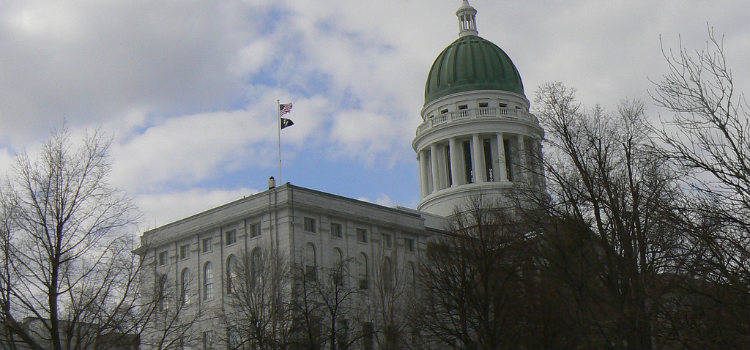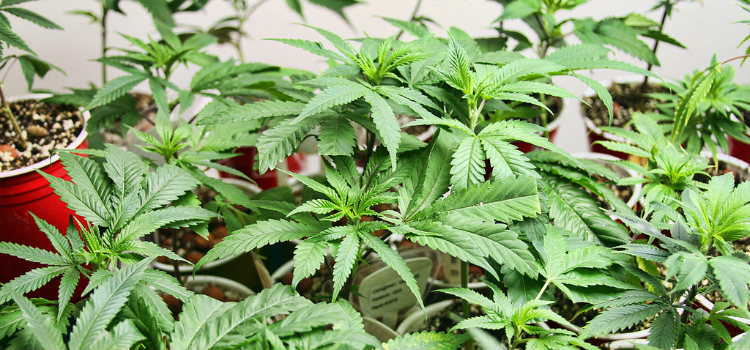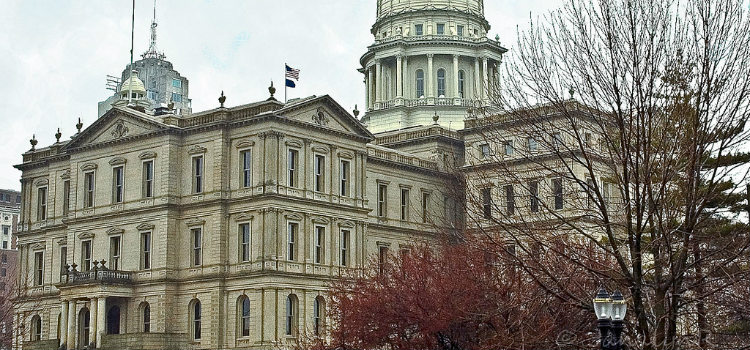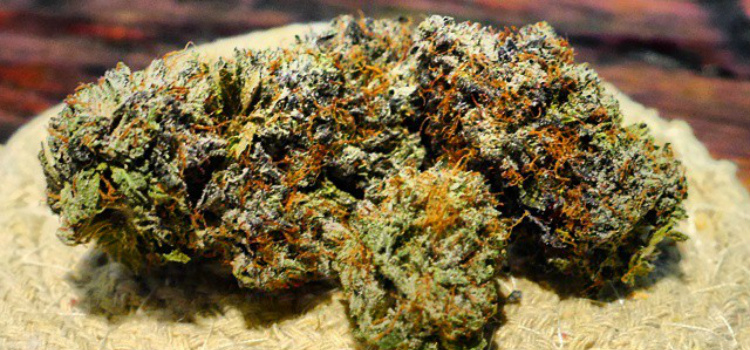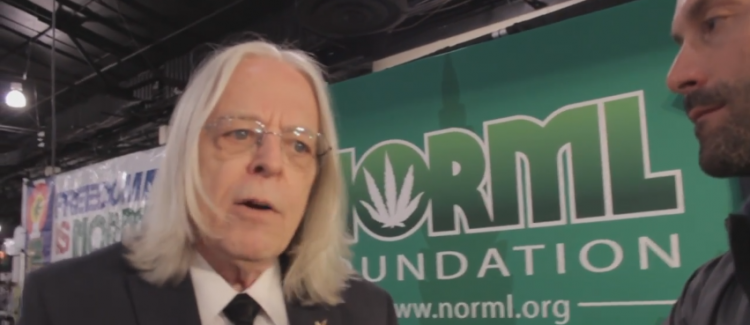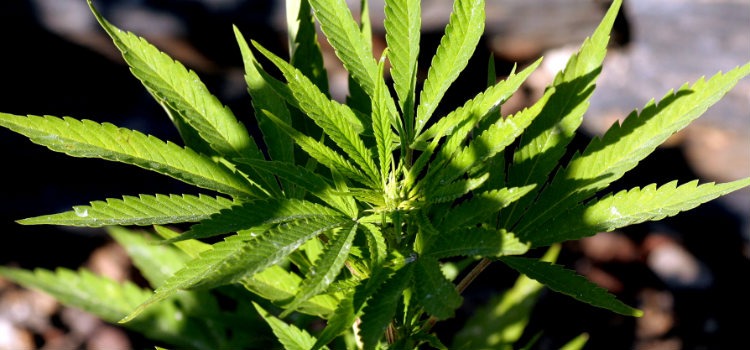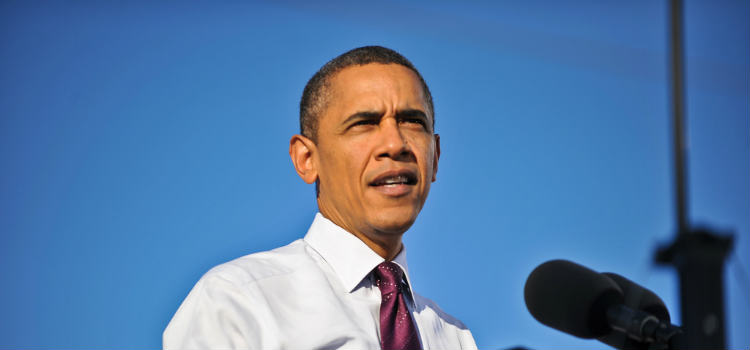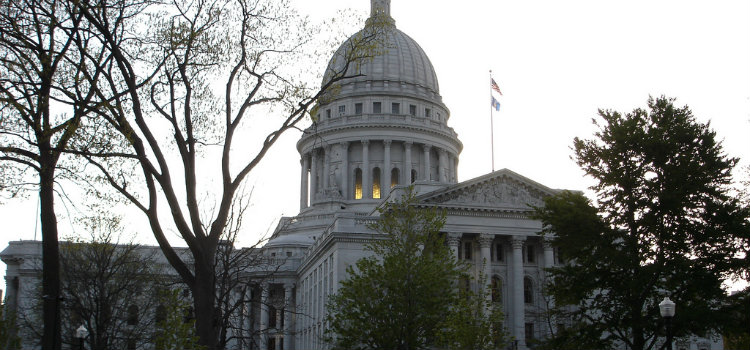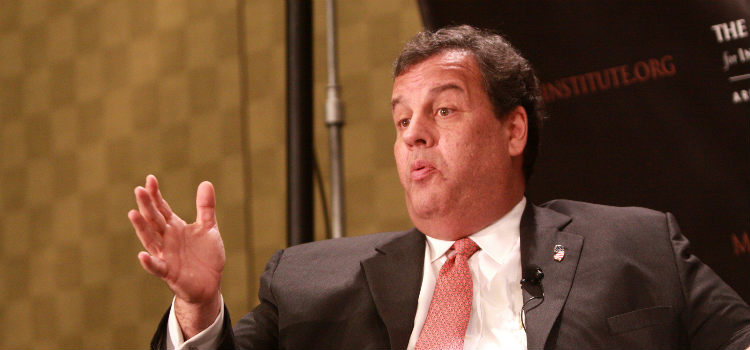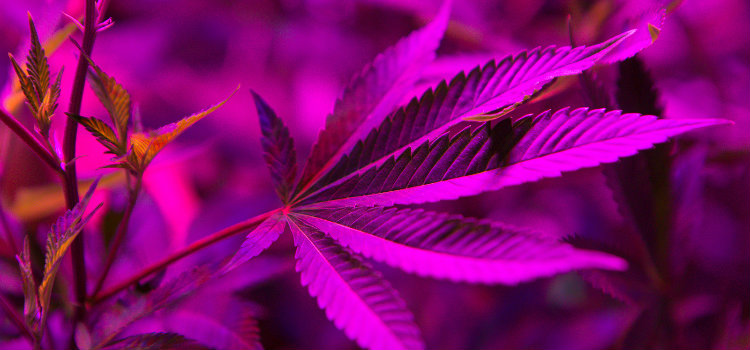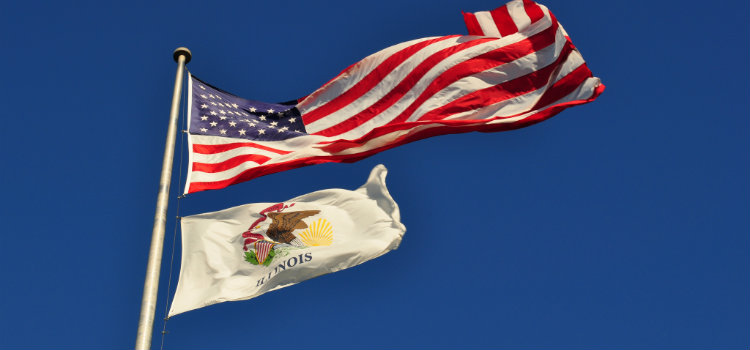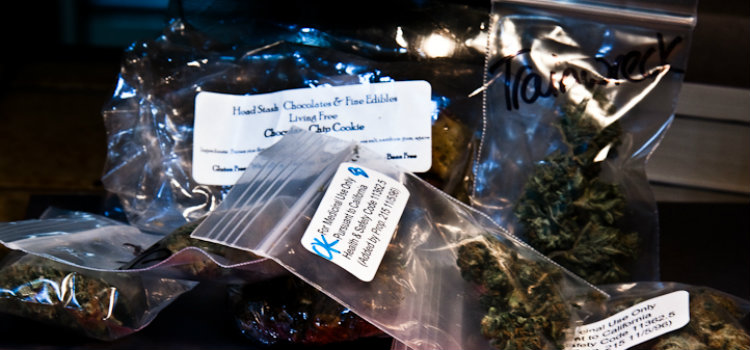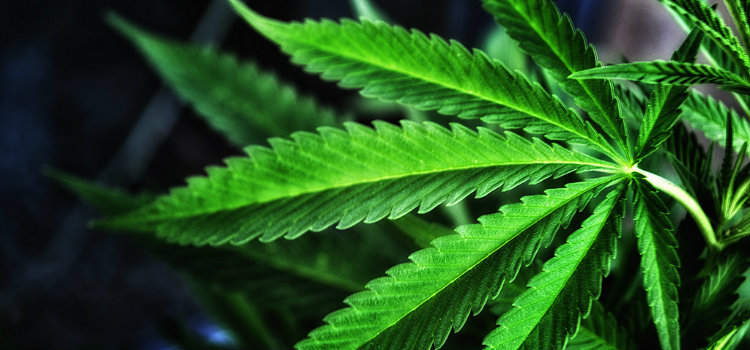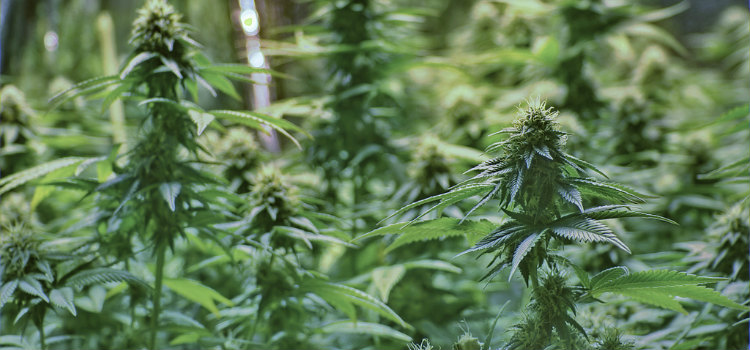Comprehensive Educational Program Includes 40 Sessions with Top Cannabis Experts
(Paramus, NJ, April 13, 2015)—The legal and medical marijuana industry is on track to be the next American gold rush, and the 2nd Annual Cannabis World Congress & Business Exposition (CWCBExpo) in New York, presents an in-depth educational program that covers everything from A to Z on how to succeed in this dynamic industry.
Sponsored by the International Cannabis Association (ICA), CWCBExpo taking place June 17-19, 2015 at the Javits Center in New York provides the latest insight and strategies for the legal, regulatory, financial, operational, retail, marketing and healthcare sectors of the industry.
“The steps to enter the cannabis business can be overwhelming with even just the different state and national mandates,” said Dan Humiston, President of ICA, “And if you are already in the business, you have to be quick and nimble to stay competitive and grow. No matter your point of entry, CWCBExpo in NY has you covered and will give you the knowledge, tools and connections to succeed.”
Important sessions being presented during the conference program on Thursday, June 18th & Friday, June 19th include:
– What Physicians Need to Know to Prescribe Medical Marijuana to their Patients
– Will Cannabis be the Next Big Retail Opportunity?
– How to Legally Invest in the Cannabis Industry
– How to Obtain a State License to Sell, Grow or Produce Medical or Recreational Marijuana
– Methods and Devices Used to Extract Cannabis Oil from Plants
– How to Establish a National Brand for Your Cannabis Business
– The Top 10 Things to be a Successful MMJ Operator
– Applying Lessons From the Tech Boom to Become the Next Apple or Microsoft of Cannabis
– Why a Wall Street Model is Needed in the Cannabis Industry
In addition, the CWCBExpo in New York conference program reveals best practices in setting up a business, dealing with labor laws and lobbyists, and cannabis products for women, among others. At CWCBExpo, experts and important knowledgeable speakers from all sectors of the industry will be sharing their unmatched expertise on several panels including: Adam Bierman, Manager Partner, The MedMen, Avis Bulbulyan, CEO, Bulbulyan Consulting Group and Andy Joseph, President, Apeks Supercritical, to name a few.
The two-day conference program on June 18-19th also includes a Keynote presentation by Ethan Nadelmann, President of the Drug Policy Alliance, a leading organization promoting drug policies that are grounded in science, compassion, health and human rights.
On Wednesday, June 17th, CWCBExpo will offer add-on workshops that provide focused cannabis career guidance for business professionals, physicians, and attorneys. A fundamental class on how to get a job in the cannabis industry and healthcare protocols for the State of New York round out the CWCBExpo in New York add-on workshops.
CWCBExpo in New York will also feature an exhibit floor (June 18-19) with suppliers in the industry showcasing cutting-edge products and services to those in the business, entrepreneurs looking to enter the market, medical professionals and dispensary owners, investors, and providers of professional services.
To register for CWCBExpo in New York in advance at discounted rates go to www.cwcbexpo.com/new-york-show/registration.asp. For more information on sponsoring or exhibiting contact Don Berey, Show Director at dberey@leexpos.com or call 201-881-1614.
About Cannabis World Congress & Business Expositions (CWCBExpo)
The Cannabis World Congress & Business Expositions (CWCBExpo) are produced by Leading Edge Expositions in partnership with the International Cannabis Association (ICA). The events are the leading professional forums for dispensary owners, growers, suppliers, investors, medical professionals, government regulators, legal counsel, and entrepreneurs looking to achieve business success and identify new areas of growth in this dynamic industry. In 2015, CWCBExpo will take place June 17-19, at the Javits Convention Center in New York, and the CWCBExpo Fall will be held September 16-18, at the Los Angeles Convention Center in Los Angeles, CA. For more information on ICA visit www.internationalcannabisassociation.com. To learn more about the CWCBExpos go to www.cwcbexpo.com. Connect with CWCBExpo on Twitter and Facebook.
Contact: Annie Scully, ascully@leexpos.com, 201-310-9252
